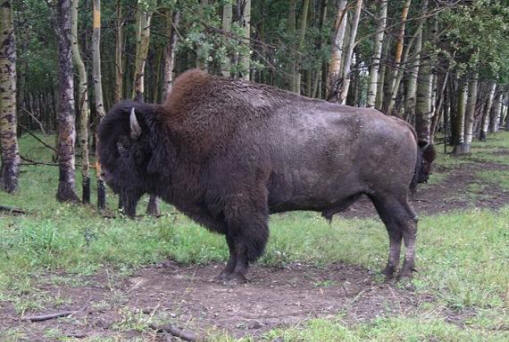
July 11, 2008

Could a bunch of large, hairy, near-human ape-men, or hirsute giants, be living unfound in America? A parallel story from just fifty years ago, suggests that this is a very real possibility.
The largest land animal in Canada, the wood bison [shown above], had been disappearing from all over North America for centuries when the last animals were officially declared extinct in 1940. Then in 1957, a wonderful discovery occurred. During a regular air patrol, federal wildlife officers flying over a remote part of the Wood Buffalo National Park, Alberta, spotted a small, isolated herd of two hundred wood bison. They had gone completely unnoticed for decades – and had kept physically and genetically separate from their cousins, the plains bison, so familiar to Americans as the buffalo. The wood bison were found about one hundred miles from a new road being built from Alberta to the arctic circle and within fifty miles of a mission station that had existed for a hundred years. Inspection of these animals showed that they were indeed the last remaining pure wood bison (Bison athabascae), an enormous Ice Age species not known to exist in a pure strain anywhere else in the world.
The rediscovery of a hidden group of wood bison in a remote valley in Canada is as remarkable as the discovery of the coelacanth, the mountain gorilla, and the giant panda. I don’t believe those that insist that North America has no new secrets.
~ Taken from pages 7 & 8 of Bigfoot! The True Story of Apes in America (NY: Simon and Schuster, 2003).
Since I am traveling to Alberta soon, I wanted to dust off this story to make certain I discuss it at the Royal Alberta Museum (during my forthcoming talk on Sunday, July 20th). Perhaps there are even some wood bison nearby that I may observe – at the zoo – since I realize how significant they are?
This animal tale is one the late Ivan T. Sanderson and I have both used to demonstrate the simple fact that large animals can remain hidden in North America, quite near humans, relatively speaking.
Yes, there may be some dispute with my elevating the wood bison to species status, as the debate is ongoing, and the general notion is it is merely a subspecies of the plains bison. But I find that neither here nor there, as the differences between the wood and plains animals are distinctive and the wood bison went undetected, which is the point of the story. There are lessons to be learned from this cautionary tale of thinking all is known out there in the woods.
The wood bison is visibly different from the plains bison in a number of important ways, some of which may be viewed in the graphic below. Most notably, the wood bison is heavier, with large males weighing over 900 kilograms (approximately 2000 lbs), making it the largest terrestrial animal in North America.

BTW, the notion that the wood bison is an “ecotype” of the plains bison, in which the plains animals can naturally change configurations and appearance if brought into an ecosystem similar to the wood bison’s, is a false argument. It has been disproven by the natural experiment of the relocation of a group of plains bison to Alaska in the 1940s. Despite breeding and living in a wood bison environment for decades now, that specific group of plains bison have remained plains bison, in appearance, behavior, and every other respect.
Wood bison are now being reintroduced to Alaska, as Chad Arment mentioned over at Strange Ark a few months ago.
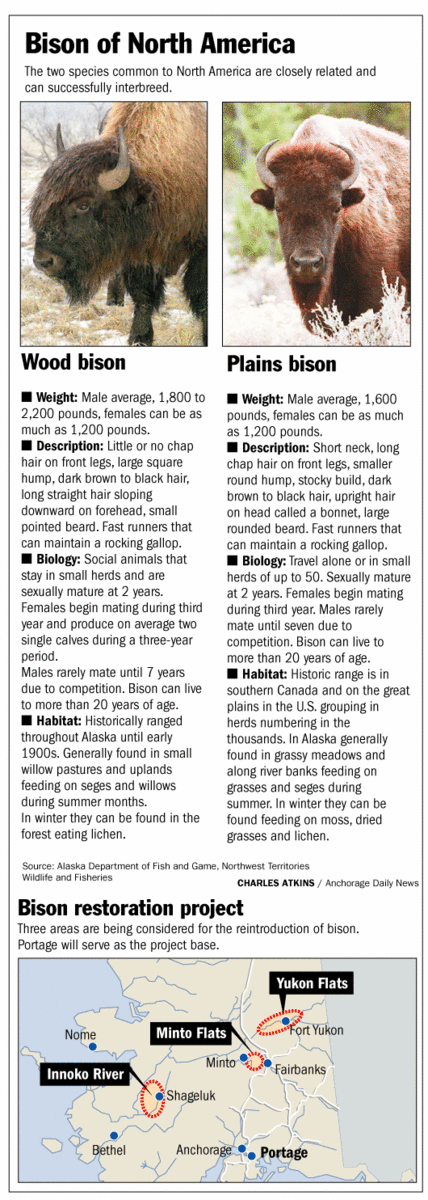
Source: The Anchorage Daily News
I also am intrigued by the cave drawings that seemingly represent the wisent or European bison (Bison bonasus) – said to have three subspecies – which are today regarded as a separate species from the plains (Bison bison bison) bison and the wood bison (Bison athabascae or Bison bison athabascae).
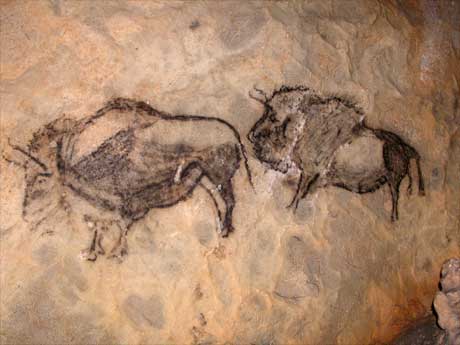
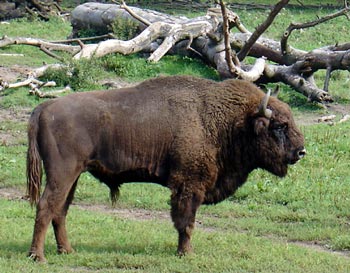
Wisent.
The “ordinary” bison species are far from mundane, but they do melt into the background, if we don’t pay attention to their importance.
I’ll stay on the lookout for wood bison, alive or mounted in the museum, while I am in Alberta.
On the other hand, I figure if I see a Sasquatch, that will be hard to miss.
^^^^^^^^^^^^^^^^^^^^^^^^^^^^^^^^^^^^^^^^^^^^^^^^^^^^
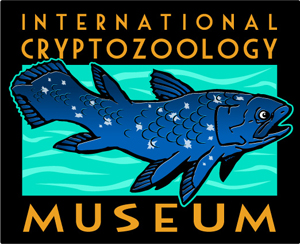
Donations have dropped to nearly zero since July 3rd. Please don’t forget the museum, and remember you may directly send a check, money order, or, if outside the USA, an international postal money order made out to
International Cryptozoology Museum
c/o Loren Coleman
PO Box 360
Portland, ME 04112
Please “Save The Museum”! Easy-to-use donation buttons are now available here or merely by clicking the blank button below. Thanks everyone!
About Loren Coleman
Loren Coleman is one of the world’s leading cryptozoologists, some say “the” leading living cryptozoologist. Certainly, he is acknowledged as the current living American researcher and writer who has most popularized cryptozoology in the late 20th and early 21st centuries.
Starting his fieldwork and investigations in 1960, after traveling and trekking extensively in pursuit of cryptozoological mysteries, Coleman began writing to share his experiences in 1969. An honorary member of Ivan T. Sanderson’s Society for the Investigation of the Unexplained in the 1970s, Coleman has been bestowed with similar honorary memberships of the North Idaho College Cryptozoology Club in 1983, and in subsequent years, that of the British Columbia Scientific Cryptozoology Club, CryptoSafari International, and other international organizations. He was also a Life Member and Benefactor of the International Society of Cryptozoology (now-defunct).
Loren Coleman’s daily blog, as a member of the Cryptomundo Team, served as an ongoing avenue of communication for the ever-growing body of cryptozoo news from 2005 through 2013. He returned as an infrequent contributor beginning Halloween week of 2015.
Coleman is the founder in 2003, and current director of the International Cryptozoology Museum in Portland, Maine.
Filed under Bigfoot, Classic Animals of Discovery, Cryptomundo Exclusive, Cryptotourism, CryptoZoo News, Cryptozoologists, Cryptozoology, Extinct, Megafauna, New Species, Sasquatch, Year In Review